For Thanksgiving: Share this on Facebook and Twitter
by Mike Ely
It is a deep thing that people still celebrate the survival of the early colonists at Plymouth -- by giving thanks to the Christian God who supposedly protected and championed the European invasion. The real meaning of all that, then and now, needs to be continually excavated. The myths and lies that surround the past are constantly draped over the horrors and tortures of our present.
Every schoolchild in the U.S. has been taught that the Pilgrims of the Plymouth Colony invited the local Indians to a major harvest feast after surviving their first bitter year in New England. But the real history of Thanksgiving is a story of the murder of indigenous people and the theft of their land by European colonialists--and of the ruthless ways of capitalism.
* * * * *
In mid-winter 1620 the English ship Mayflower landed on the North American coast, delivering 102 exiles. The original Native people of this stretch of shoreline had already been killed off. In 1614 a British expedition had landed there. When they left they took 24 Indians as slaves and left smallpox behind. Three years of plague wiped out between 90 and 96 percent of the inhabitants of the coast, destroying most villages completely.
The Europeans landed and built their colony called "the Plymouth Plantation" near the deserted ruins of the Indian village of Pawtuxet. They ate from abandoned cornfields grown wild. Only one Pawtuxet named Squanto had survived--he had spent the last years as a slave to the English and Spanish in Europe. Squanto spoke the colonists' language and taught them how to plant corn and how to catch fish until the first harvest. Squanto also helped the colonists negotiate a peace treaty with the nearby Wampanoag tribe, led by the chief Massasoit.
These were very lucky breaks for the colonists. The first Virginia settlement had been wiped out before they could establish themselves. Thanks to the good will of the Wampanoag, the settlers not only survived their first year but had an alliance with the Wampanoags that would give them almost two decades of peace.
John Winthrop, a founder of the Massahusetts Bay colony considered this wave of illness and death to be a divine miracle. He wrote to a friend in England, "But for the natives in these parts, God hath so pursued them, as for 300 miles space the greatest part of them are swept away by smallpox which still continues among them. So as God hath thereby cleared our title to this place, those who remain in these parts, being in all not 50, have put themselves under our protection."
The deadly impact of European diseases and the good will of the Wampanoag allowed the settlers to survive their first year.
In celebration of their good fortune, the colony's governor, William Bradford, declared a three-day feast of thanksgiving after that first harvest of 1621.
How the Puritans Stole the Land

But the peace that produced the Thanksgiving Feast of 1621 meant that the Puritans would have 15 years to establish a firm foothold on the coast. Until 1629 there were no more than 300 settlers in New England, scattered in small and isolated settlements. But their survival inspired a wave of Puritan invasion that soon established growing Massachusetts towns north of Plymouth: Boston and Salem. For 10 years, boatloads of new settlers came.
And as the number of Europeans increased, they proved not nearly so generous as the Wampanoags.
On arrival, the Puritans and other religious sects discussed "who legally owns all this land." They had to decide this, not just because of Anglo-Saxon traditions, but because their particular way of farming was based on individual--not communal or tribal--ownership. This debate over land ownership reveals that bourgeois "rule of law" does not mean "protect the rights of the masses of people."
Some settlers argued that the land belonged to the Indians. These forces were excommunicated and expelled. Massachusetts Governor Winthrop declared the Indians had not "subdued" the land, and therefore all uncultivated lands should, according to English Common Law, be considered "public domain." This meant they belonged to the king. In short, the colonists decided they did not need to consult the Indians when they seized new lands, they only had to consult the representative of the crown (meaning the local governor).
The colonists embraced a line from Psalms 2:8. "Ask of me, and I shall give thee, the heathen for thine inheritance, and the uttermost parts of the earth for thy possession." Since then, European settler states have similarly declared god their real estate agent: from the Boers seizing South Africa to the Zionists seizing Palestine.
The European immigrants took land and enslaved Indians to help them farm it. By 1637 there were about 2,000 British settlers. They pushed out from the coast and decided to remove the inhabitants.
The Shining City on the Hill
Where did the Plymouth and Massachusetts colonies of Puritan and "separatist" pilgrims come from and what were they really all about?
Governor Winthrop, a founder of the Massachusetts colony, said, "We shall be as a City upon a Hill, the eyes of all people are upon us." The Mayflower Puritans had been driven out of England as subversives. The Puritans saw this religious colony as a model of a social and political order that they believed all of Europe should adopt.
The Puritan movement was part of a sweeping revolt within English society against the ruling feudal order of wealthy lords. Only a few decades after the establishment of Plymouth, the Puritan Revolution came to power in England. They killed the king, won a civil war, set up a short-lived republic, and brutally conquered the neighboring people of Ireland to create a larger national market.
The famous Puritan intolerance was part of a determined attempt to challenge the decadence and wastefulness of the rich aristocratic landlords of England. The Puritans wanted to use the power of state punishment to uproot old and still dominant ways of thinking and behaving.
The new ideas of the Puritans served the needs of merchant capitalist accumulation. The extreme discipline, thrift and modesty the Puritans demanded of each other corresponded to a new and emerging form of ownership and production. Their so-called "Protestant Ethic" was an early form of the capitalist ethic. From the beginning, the Puritan colonies intended to grow through capitalist trade--trading fish and fur with England while they traded pots, knives, axes, alcohol and other English goods with the Indians.
The New England were ruled by a government in which only the male heads of families had a voice. Women, Indians, slaves, servants, youth were neither heard nor represented. In the Puritan schoolbooks, the old law "honor thy father and thy mother" was interpreted to mean honoring "All our Superiors, whether in Family, School, Church, and Commonwealth." And, the real truth was that the colonies were fundamentally controlled by the most powerful merchants.
The Puritan fathers believed they were the Chosen People of an infinite god and that this justified anything they did. They were Calvinists who believed that the vast majority of humanity was predestined to damnation. This meant that while they were firm in fighting for their own capitalist right to accumulate and prosper, they were quick to oppress the masses of people in Ireland, Scotland and North America, once they seized the power to set up their new bourgeois order. Those who rejected the narrow religious rules of the colonies were often simply expelled "out into the wilderness."
The Massachusetts colony (north of Plymouth) was founded when Puritan stockholders had gotten control of an English trading company. The king had given this company the right to govern its own internal affairs, and in 1629 the stockholders simply voted to transfer the company to North American shores--making this colony literally a self-governing company of stockholders!
In U.S. schools, students are taught that the Mayflower compact of Plymouth contained the seeds of "modern democracy" and "rule of law." But by looking at the actual history of the Puritans, we can see that this so-called "modern democracy" was (and still is) a capitalist democracy based on all kinds of oppression and serving the class interests of the ruling capitalists.
In short, the Puritan movement developed as an early revolutionary challenge to the old feudal order in England. They were the soul of primitive capitalist accumulation. And transferred to the shores of North America, they immediately revealed how heartless and oppressive that capitalist soul is.
The Birth of "The American Way of War"

In the Connecticut Valley, the powerful Pequot tribe had not entered an alliance with the British (as had the Narragansett, the Wampanoag, and the Massachusetts peoples). At first they were far from the centers of colonization. Then, in 1633, the British stole the land where the city of Hartford now sits--land which the Pequot had recently conquered from another tribe. That same year two British slave raiders were killed. The colonists demanded that the Indians who killed the slavers be turned over. The Pequot refused.
The Puritan preachers said, from Romans 13:2, "Whosoever therefore resisteth the power, resisteth the ordinance of God: and they that resist shall receive to themselves damnation." The colonial governments gathered an armed force of 240 under the command of John Mason. They were joined by a thousand Narragansett warriors. The historian Francis Jennings writes: "Mason proposed to avoid attacking Pequot warriors which would have overtaxed his unseasoned, unreliable troops. Battle, as such, was not his purpose. Battle is only one of the ways to destroy an enemy's will to fight. Massacre can accomplish the same end with less risk, and Mason had determined that massacre would be his objective."
The colonist army surrounded a fortified Pequot village on the Mystic River. At sunrise, as the inhabitants slept, the Puritan soldiers set the village on fire.
William Bradford, Governor of Plymouth, wrote: "Those that escaped the fire were slain with the sword; some hewed to pieces, others run through with their rapiers, so that they were quickly dispatched and very few escaped. It was conceived they thus destroyed about 400 at this time. It was a fearful sight to see them thus frying in the fire...horrible was the stink and scent thereof, but the victory seemed a sweet sacrifice, and they gave the prayers thereof to God, who had wrought so wonderfully for them."
Mason himself wrote: "It may be demanded...Should not Christians have more mercy and compassion? But...sometimes the Scripture declareth women and children must perish with their parents.... We had sufficient light from the word of God for our proceedings."
Three hundred and fifty years later the Puritan phrase "a shining city on the hill" became a favorite quote of conservative speechwriters.
Discovering the Profits of Slavery
This so-called "Pequot war" was a one-sided murder and slaving expedition. Over 180 captives were taken. After consulting the bible again, in Leviticus 24:44, the colonial authorities found justification to kill most of the Pequot men and enslave the captured women and their children. Only 500 Pequot remained alive and free. In 1975 the official number of Pequot living in Connecticut was 21.
Some of the war captives were given to the Narragansett and Massachusetts allies of the British. Even before the arrival of Europeans, Native peoples of North America had widely practiced taking war captives from other tribes as hostages and slaves.
The remaining captives were sold to British plantation colonies in the West Indies to be worked to death in a new form of slavery that served the emerging capitalist world market. And with that, the merchants of Boston made a historic discovery: the profits they made from the sale of human beings virtually paid for the cost of seizing them.
One account says that enslaving Indians quickly became a "mania with speculators." These early merchant capitalists of Massachusetts started to make genocide pay for itself. The slave trade, first in captured Indians and soon in kidnapped Africans, quickly became a backbone of New England merchant capitalism.
Thanksgiving in the Manhattan Colony
In 1641 the Dutch governor Kieft of Manhattan offered the first "scalp bounty"--his government paid money for the scalp of each Indian brought to them. A couple years later, Kieft ordered the massacre of the Wappingers, a friendly tribe. Eighty were killed and their severed heads were kicked like soccer balls down the streets of Manhattan. One captive was castrated, skinned alive and forced to eat his own flesh while the Dutch governor watched and laughed. Then Kieft hired the notorious Underhill who had commanded in the Pequot war to carry out a similar massacre near Stamford, Connecticut. The village was set fire, and 500 Indian residents were put to the sword.
A day of thanksgiving was proclaimed in the churches of Manhattan. As we will see, the European colonists declared Thanksgiving Days to celebrate mass murder more often than they did for harvest and friendship.
The Conquest of New England
By the 1670s there were about 30,000 to 40,000 white inhabitants in the United New England Colonies--6,000 to 8,000 able to bear arms. With the Pequot destroyed, the Massachusetts and Plymouth colonists turned on the Wampanoag, the tribe that had saved them in 1620 and probably joined them for the original Thanksgiving Day.
In 1675 a Christian Wampanoag was killed while spying for the Puritans. The Plymouth authorities arrested and executed three Wampanoag without consulting the tribal chief, King Philip.
As Mao Tsetung says: "Where there is oppression there is resistance." The Wampanoag went to war.
The Indians applied some military lessons they had learned: they waged a guerrilla war which overran isolated European settlements and were often able to inflict casualties on the Puritan soldiers. The colonists again attacked and massacred the main Indian populations.
When this war ended, 600 European men, one-eleventh of the adult men of the New England Colonies, had been killed in battle. Hundreds of homes and 13 settlements had been wiped out. But the colonists won.
In their victory, the settlers launched an all-out genocide against the remaining Native people. The Massachusetts government offered 20 shillings bounty for every Indian scalp, and 40 shillings for every prisoner who could be sold into slavery. Soldiers were allowed to enslave any Indian woman or child under 14 they could capture. The "Praying Indians" who had converted to Christianity and fought on the side of the European troops were accused of shooting into the treetops during battles with "hostiles." They were enslaved or killed. Other "peaceful" Indians of Dartmouth and Dover were invited to negotiate or seek refuge at trading posts--and were sold onto slave ships.
It is not known how many Indians were sold into slavery, but in this campaign, 500 enslaved Indians were shipped from Plymouth alone. Of the 12,000 Indians in the surrounding tribes, probably about half died from battle, massacre and starvation.
After King Philip's War, there were almost no Indians left free in the northern British colonies. A colonist wrote from Manhattan's New York colony: "There is now but few Indians upon the island and those few no ways hurtful. It is to be admired how strangely they have decreased by the hand of God, since the English first settled in these parts."
In Massachusetts, the colonists declared a "day of public thanksgiving" in 1676, saying, "there now scarce remains a name or family of them [the Indians] but are either slain, captivated or fled."
Fifty-five years after the original Thanksgiving Day, the Puritans had destroyed the generous Wampanoag and all other neighboring tribes. The Wampanoag chief King Philip was beheaded. His head was stuck on a pole in Plymouth, where the skull still hung on display 24 years later.
The descendants of these Native peoples are found wherever the Puritan merchant capitalists found markets for slaves: the West Indies, the Azures, Algiers, Spain and England. The grandson of Massasoit, the Pilgrim's original protector, was sold into slavery in Bermuda. Runaways and Rebels
But even the destruction of Indian tribal life and the enslavement of survivors brought no peace. Indians continued to resist in every available way. Their oppressors lived in terror of a revolt. And they searched for ways to end the resistance. The historian MacLeod writes: "The first `reservations' were designed for the `wild' Irish of Ulster in 1609. And the first Indian reservation agent in America, Gookin of Massachusetts, like many other American immigrants had seen service in Ireland under Cromwell."
The enslaved Indians refused to work and ran away. The Massachusetts government tried to control runaways by marking enslaved Indians: brands were burnt into their skin, and symbols were tattooed into their foreheads and cheeks.
A Massachusetts law of 1695 gave colonists permission to kill Indians at will, declaring it was "lawful for any person, whether English or Indian, that shall find any Indians traveling or skulking in any of the towns or roads (within specified limits), to command them under their guard and examination, or to kill them as they may or can."
The northern colonists enacted more and more laws for controlling the people. A law in Albany forbade any African or Indian slave from driving a cart within the city. Curfews were set up; Africans and Indians were forbidden to have evening get-togethers. On Block Island, Indians were given 10 lashes for being out after nine o'clock. In 1692 Massachusetts made it a serious crime for any white person to marry an African, an Indian or a mulatto. In 1706 they tried to stop the importation of Indian slaves from other colonies, fearing a slave revolt.
Celebrate?
Looking at this history raises a question: Why should anyone celebrate the survival of the earliest Puritans with a Thanksgiving Day? Certainly the Native peoples of those times had no reason to celebrate.
The ruling powers of the United States organized people to celebrate Thanksgiving Day because it is in their interest. That's why they created it. The first national celebration of Thanksgiving was called for by George Washington. And the celebration was made a regular legal holiday later by Abraham Lincoln during the civil war (right as he sent troops to suppress the Sioux of Minnesota).
Washington and Lincoln were two presidents deeply involved in trying to forge a unified bourgeois nation-state out of the European settlers in the United States. And the Thanksgiving story was a useful myth in their efforts at U.S. nation-building. It celebrates the "bounty of the American way of life," while covering up the brutal nature of this society.
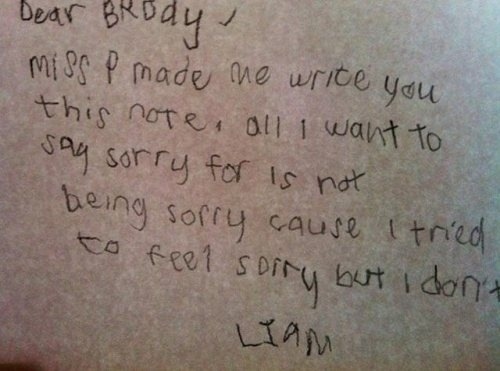
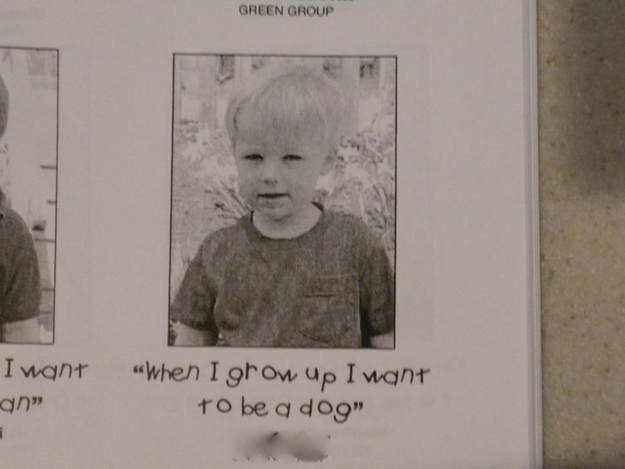

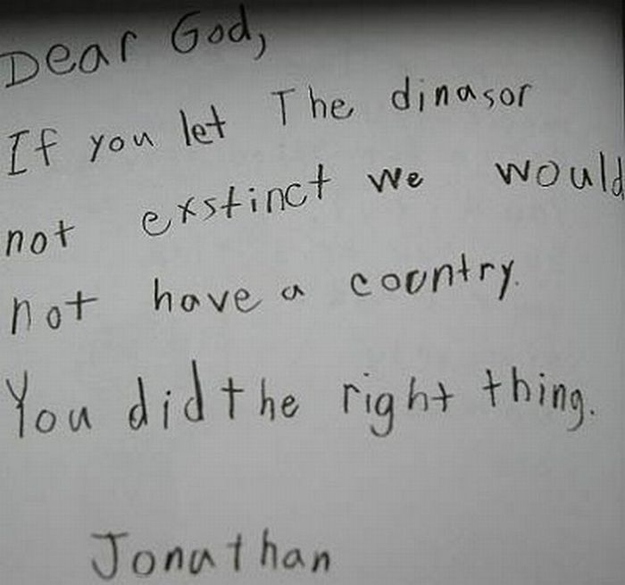
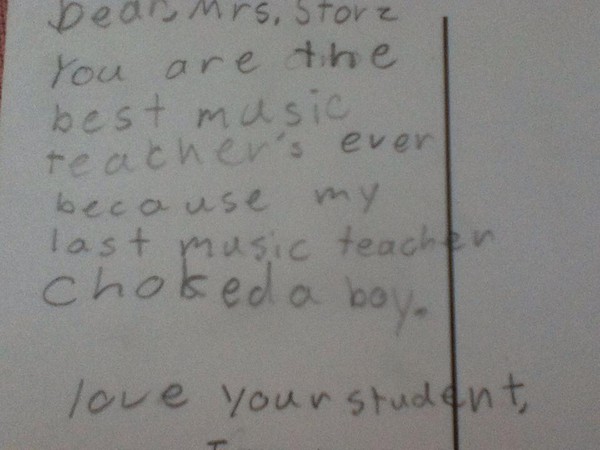

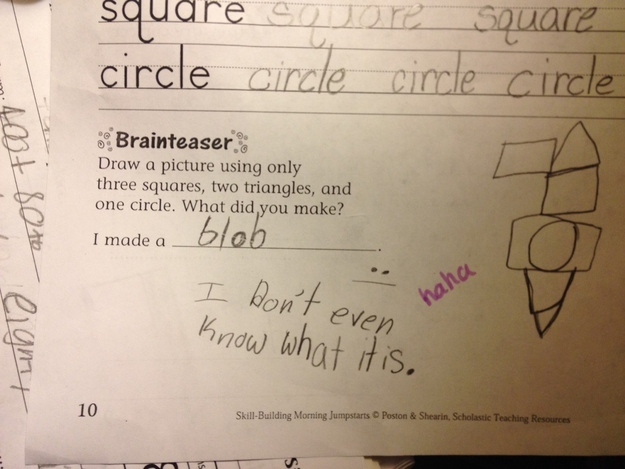
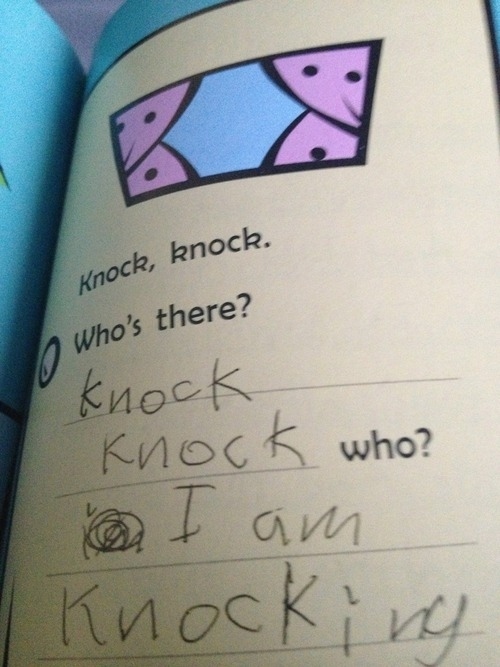

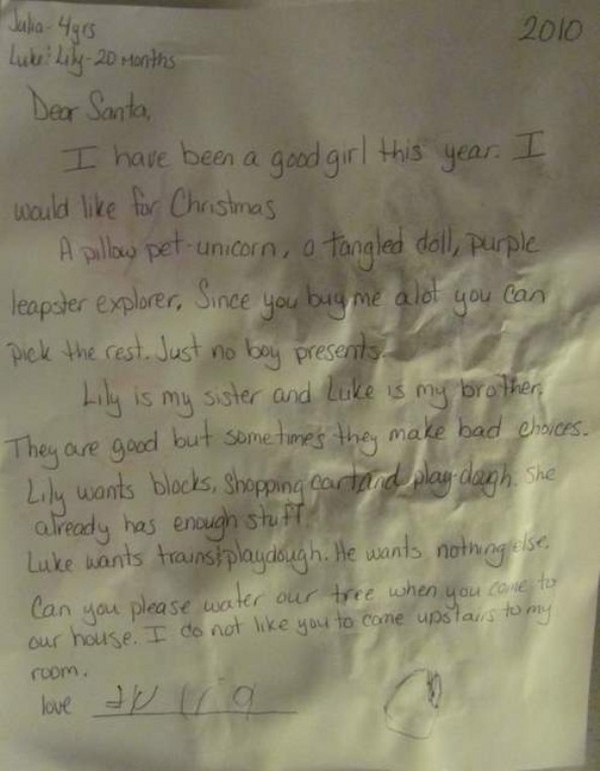


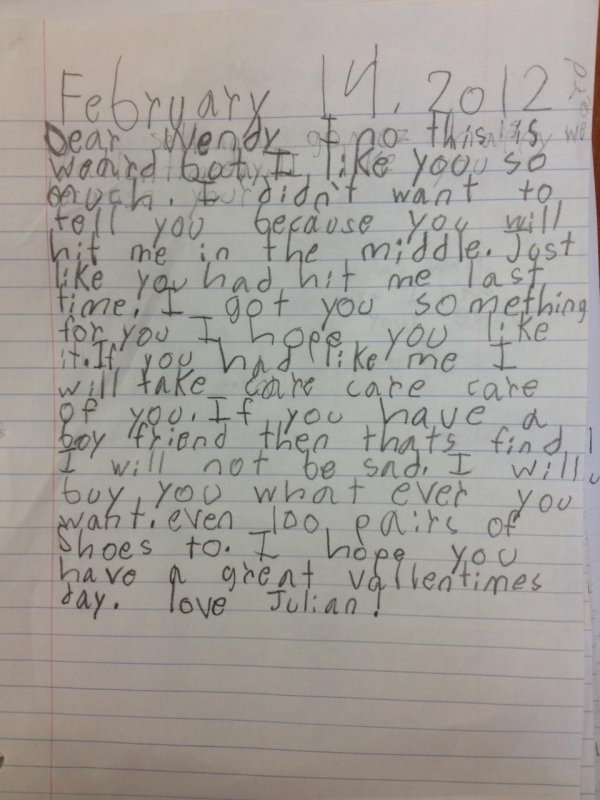
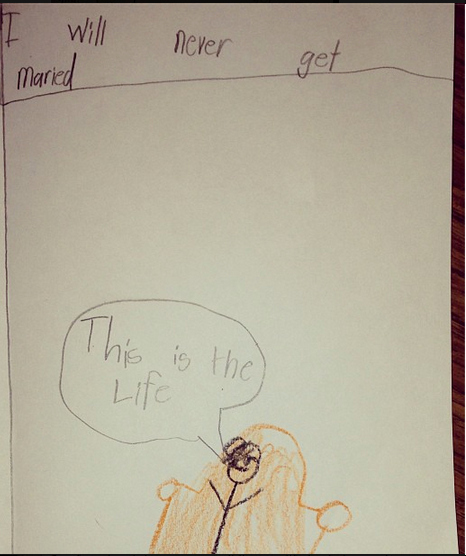
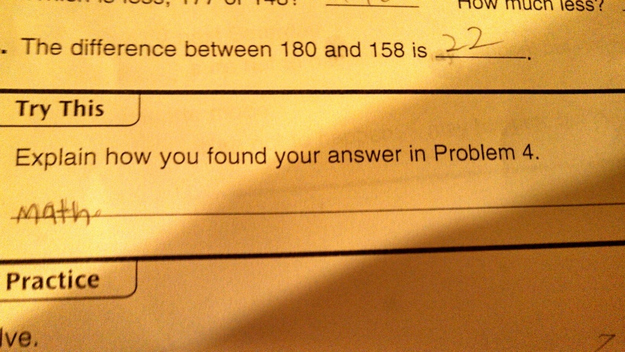
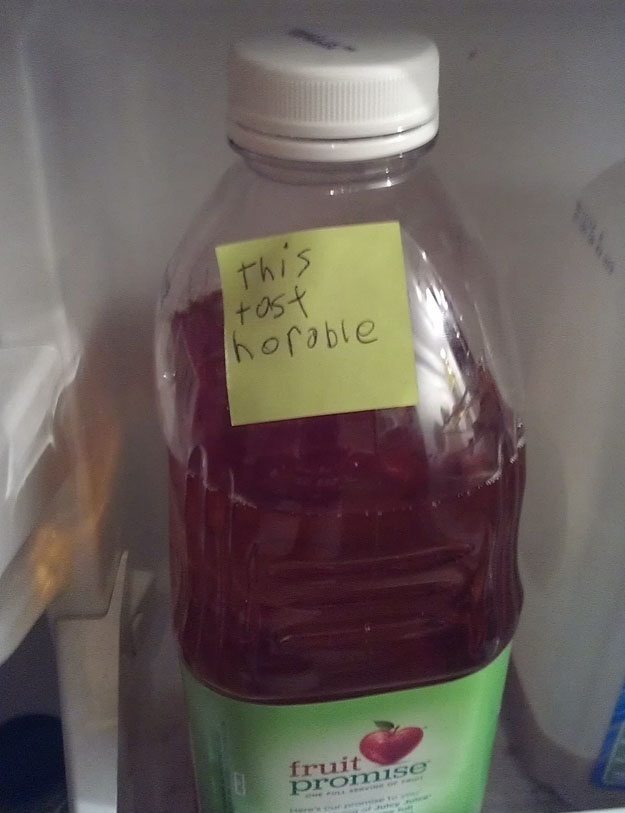

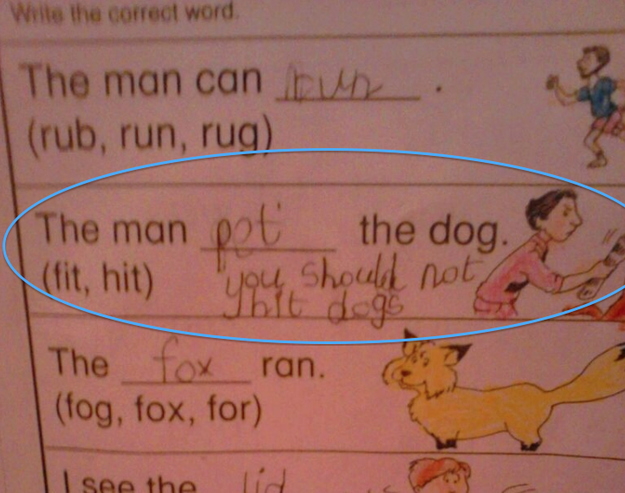


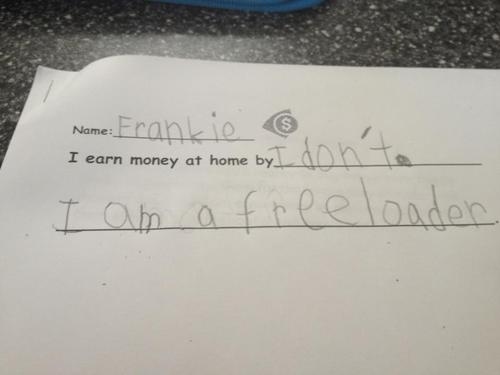
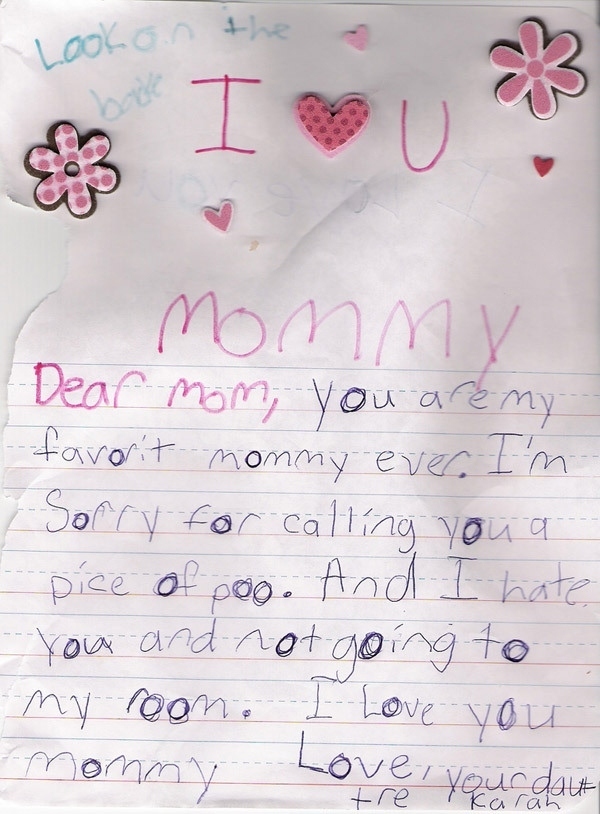

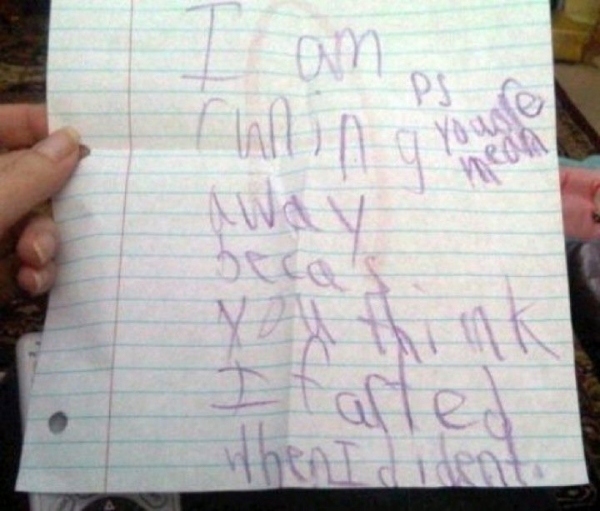
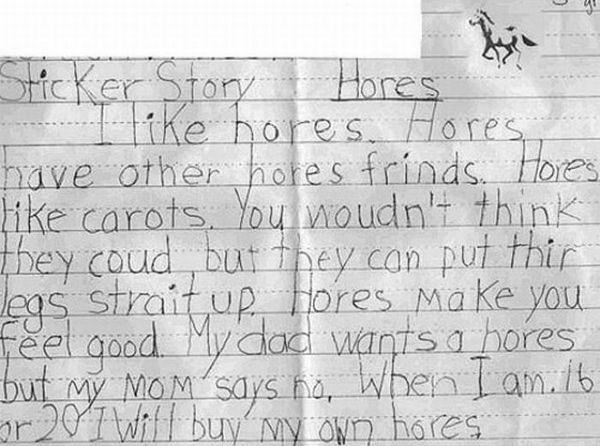

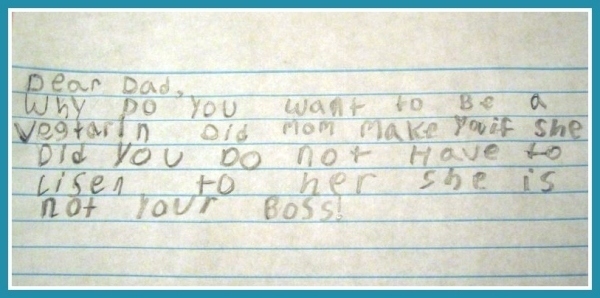

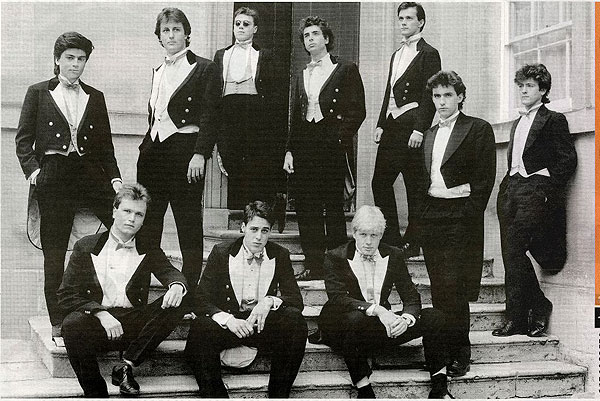
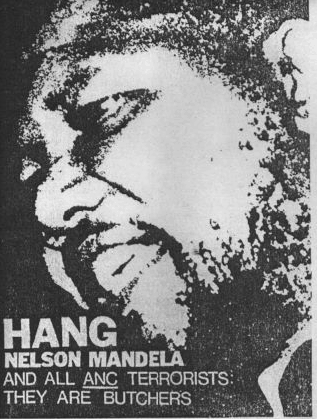

 But the peace that produced the Thanksgiving Feast of 1621 meant that the Puritans would have 15 years to establish a firm foothold on the coast. Until 1629 there were no more than 300 settlers in New England, scattered in small and isolated settlements. But their survival inspired a wave of Puritan invasion that soon established growing Massachusetts towns north of Plymouth: Boston and Salem. For 10 years, boatloads of new settlers came.
But the peace that produced the Thanksgiving Feast of 1621 meant that the Puritans would have 15 years to establish a firm foothold on the coast. Until 1629 there were no more than 300 settlers in New England, scattered in small and isolated settlements. But their survival inspired a wave of Puritan invasion that soon established growing Massachusetts towns north of Plymouth: Boston and Salem. For 10 years, boatloads of new settlers came. In the Connecticut Valley, the powerful Pequot tribe had not entered an alliance with the British (as had the Narragansett, the Wampanoag, and the Massachusetts peoples). At first they were far from the centers of colonization. Then, in 1633, the British stole the land where the city of Hartford now sits--land which the Pequot had recently conquered from another tribe. That same year two British slave raiders were killed. The colonists demanded that the Indians who killed the slavers be turned over. The Pequot refused.
In the Connecticut Valley, the powerful Pequot tribe had not entered an alliance with the British (as had the Narragansett, the Wampanoag, and the Massachusetts peoples). At first they were far from the centers of colonization. Then, in 1633, the British stole the land where the city of Hartford now sits--land which the Pequot had recently conquered from another tribe. That same year two British slave raiders were killed. The colonists demanded that the Indians who killed the slavers be turned over. The Pequot refused.




























